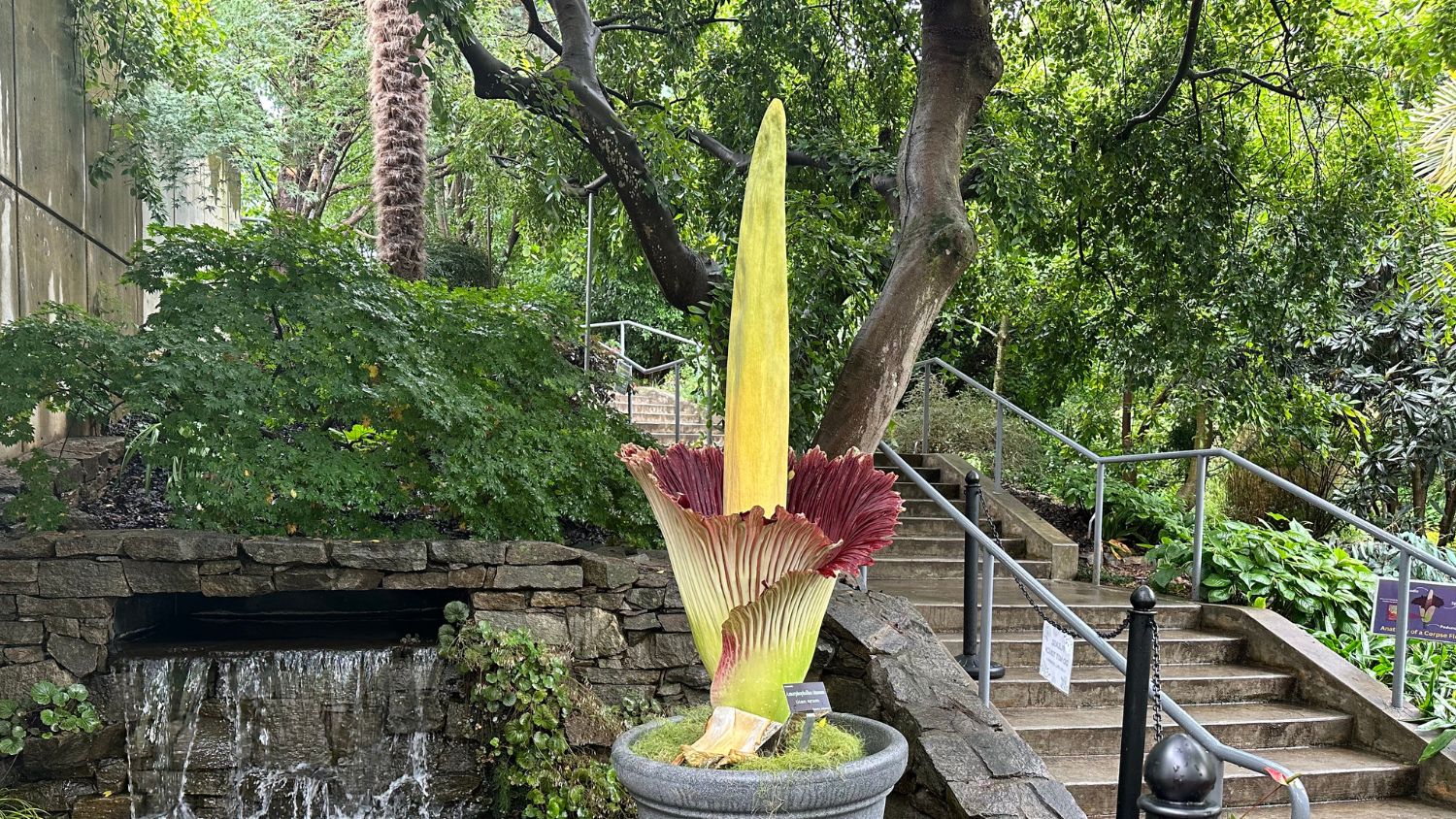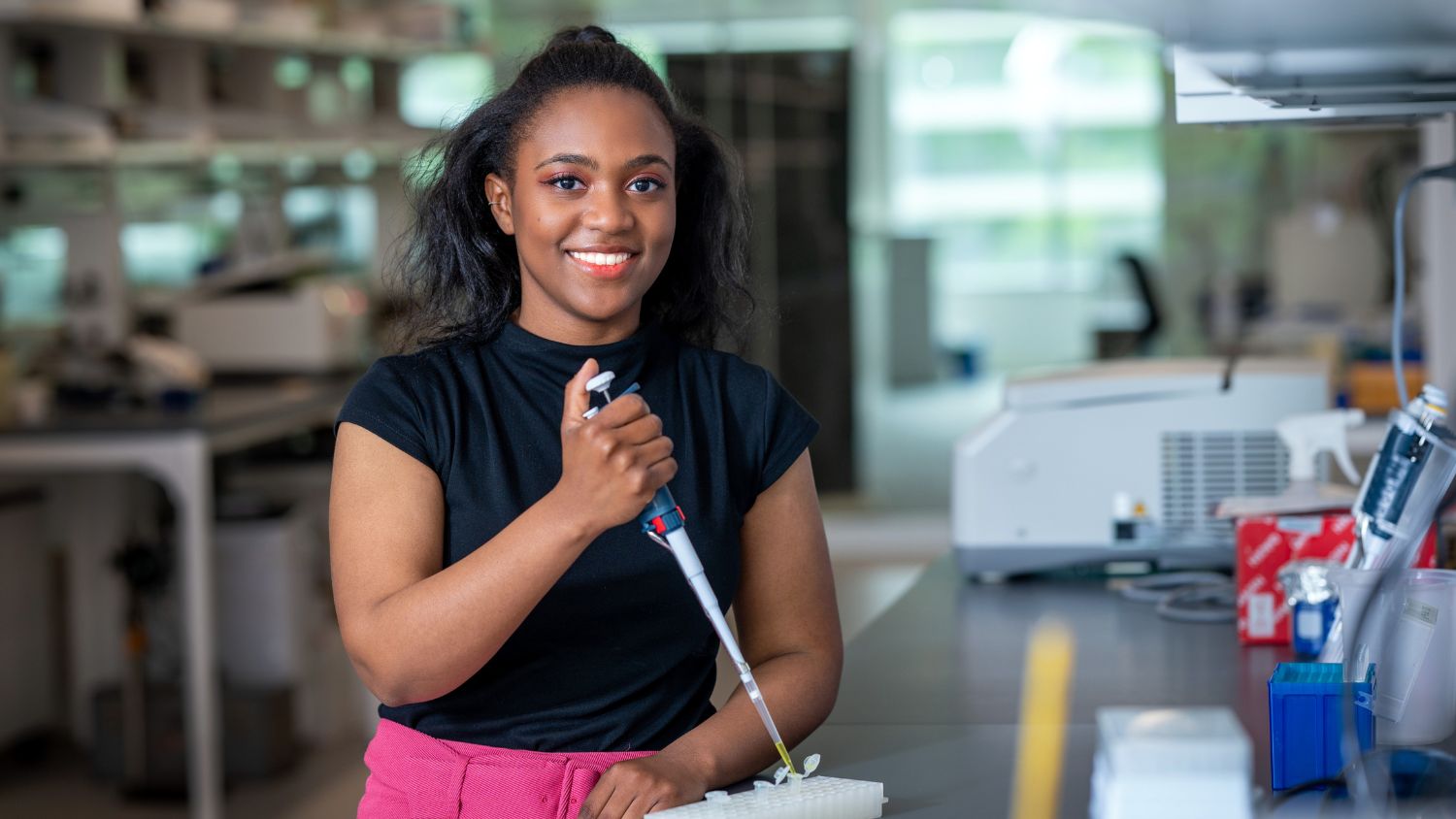The Department of Plant and Microbial Biology at NCSU is filled with remarkable faculty who are working on innovative research projects in a variety of different plant and microbiology disciplines. But this month, there are two PMB faculty members whose research can only be described as “out-of-this-world”! On June 3rd, Marcela Rojas-Pierce and Imara Perera sent plant biology experiments from their laboratories into space as part of the SpaceX-22 mission. Their research arrived at the International Space Station.
So why are Rojas-Pierce and Perera sending their plants to space? To better understand how plants adapt to unfamiliar and extreme environments, which has important implications for both growing edible food sources in space and for the agricultural challenges we are facing on Earth. Although they are studying different processes, both researchers are specifically investigating the effects of microgravity on cellular processes within the plant thale cress (Arabidopsis thaliana).
 Marcela Rojas-Pierce and her lab are examining the effects of microgravity on vacuoles. “This particular experiment is embedded in a bigger-picture project we have in the lab here on Earth where we’re trying to understand how plants respond to gravity,” said Rojas-Pierce. Rojas-Pierce sent two different genotypes of Arabidopsis to space for this experiment, a wild-type and a mutated genotype. The mutated strain lacks specific proteins important to vacuole fusion, resulting in a plant with small vacuoles. In the lab at NC State, they have performed experiments that tested the ability of a specific chemical to induce the fusion of the mutated plant’s vacuoles. Astronauts on the ISS will run a similar experiment with Rojas-Pierce’s 2 plant strains to see how microgravity affects that same reaction.
Marcela Rojas-Pierce and her lab are examining the effects of microgravity on vacuoles. “This particular experiment is embedded in a bigger-picture project we have in the lab here on Earth where we’re trying to understand how plants respond to gravity,” said Rojas-Pierce. Rojas-Pierce sent two different genotypes of Arabidopsis to space for this experiment, a wild-type and a mutated genotype. The mutated strain lacks specific proteins important to vacuole fusion, resulting in a plant with small vacuoles. In the lab at NC State, they have performed experiments that tested the ability of a specific chemical to induce the fusion of the mutated plant’s vacuoles. Astronauts on the ISS will run a similar experiment with Rojas-Pierce’s 2 plant strains to see how microgravity affects that same reaction.
Imara Perera and her lab are focused on understanding how microgravity alters metabolic pathways in plants. For these experiments, gene expression and protein accumulation from plants grown in their NC State lab will be compared to that of the plants they sent to the ISS. This is Perera’s third set of experiments to take place on the ISS:
I think with spaceflight experiments there are many exciting aspects. There is so much that we still do not understand, and there is a lot to learn. It is very exciting to see your science launch into space, and then also see the experiments progressing on the ISS. One of the hardest things is that so much is out of your control and you do not have much room for error or second chances. Depending on the experiment, there might be a fair amount of preparation in order to carry out a space experiment, and I had not fully appreciated how many people (at various branches of NASA) are involved in helping you make this a reality. For our current experiment, the major part of our work will be after the experiment aboard the ISS is complete and samples return back to earth for processing.
Both sets of experiments will be returned to NC State in a few months, depending on the timing of the spacecraft’s re-entry. Once the samples are back in the lab, the two research teams will begin comparisons and data analyses.
Follow their research journeys on Twitter: Marcela Rojas-Pierce: @rojaspierce1, Department of Plant and Microbial Biology: @NCState_PMB.
Read more about these research projects here and watch a news interview with Marcela Rojas-Pierce here.
- Categories:



